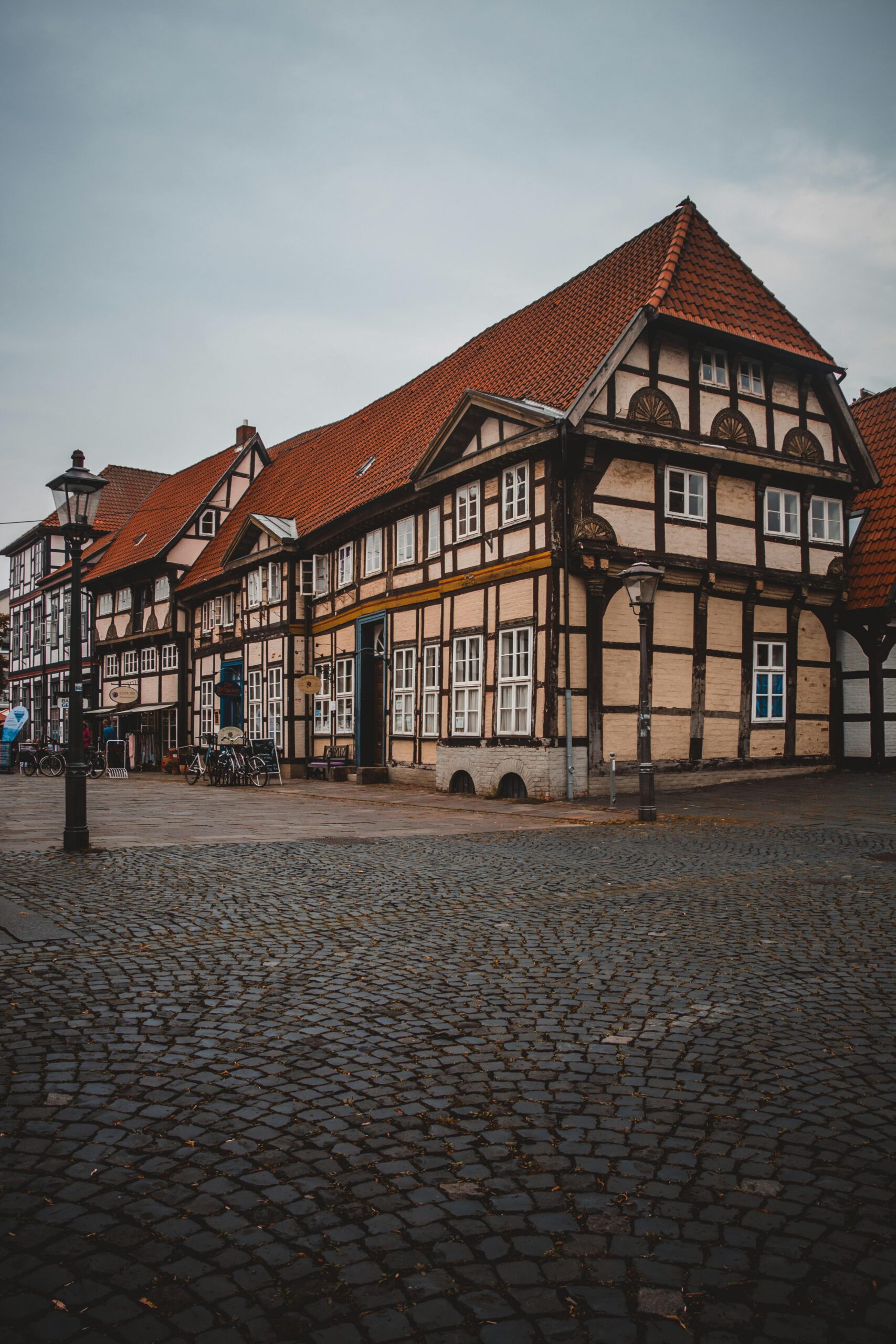We just finished a wonderful two-day stay in the beautiful town of Nienburg (Weser)! We had the pleasure of parking at the municipal free motorhome parking area. It was the perfect base for exploring the town, which is absolutely lovely. Nienburg itself is a beautiful place, with a historical town center full of lovingly restored half-timbered houses, the impressive St. Martin’s Church (a North German Brick Gothic masterpiece), and the Renaissance-style Town Hall (Rathaus). It’s also famous for its weekly market, which was actually voted the most beautiful weekly market in Europe in 2008! For a unique local touch, you can even follow the “Nienburger Bärentatzen” (Bear Paws), which are painted on the ground to guide you past the main sights—a fun little detail. We were also lucky enough to catch a festival during our visit! Nienburg is known for its events, such as the major Altstadtfest (Old Town Festival) in the autumn, or the Nienburger Scheibenschießen (a traditional shooting festival).
A Glimpse into Nienburg’s History
The town has a rich history that stretches back over a thousand years!
-
Ancient Roots: Nienburg was first officially mentioned in a document in 1025, making it a truly ancient settlement.
-
Fortress on the Weser: Throughout the Middle Ages, Nienburg was an important fortress town because of its strategic location at a crucial crossing point on the Weser river. The Stockturm (Stock Tower), a remnant of the former castle complex, still stands today as a visible reminder of its time as a major defensive structure.
-
Weser Renaissance: The town enjoyed a period of prosperity and cultural blooming in the late 16th and early 17th centuries, which is evident in the architecture. This was the peak period of the local Weser Renaissance style, which is characteristic of the impressive gables and stone work on buildings like the Town Hall.
-
Wars and Occupation: Like many towns in the region, Nienburg endured hardship, especially during the Thirty Years’ War (17th century) and the Napoleonic Wars (early 19th century), when it was occupied by various forces.
-
Modern Era: The connection to the railway network in 1847 helped spur industrial development, and today, Nienburg serves as the economic and cultural center of the Middle Weser region.
It was a delightful stop that perfectly combined history, beautiful architecture, and a lively atmosphere!
